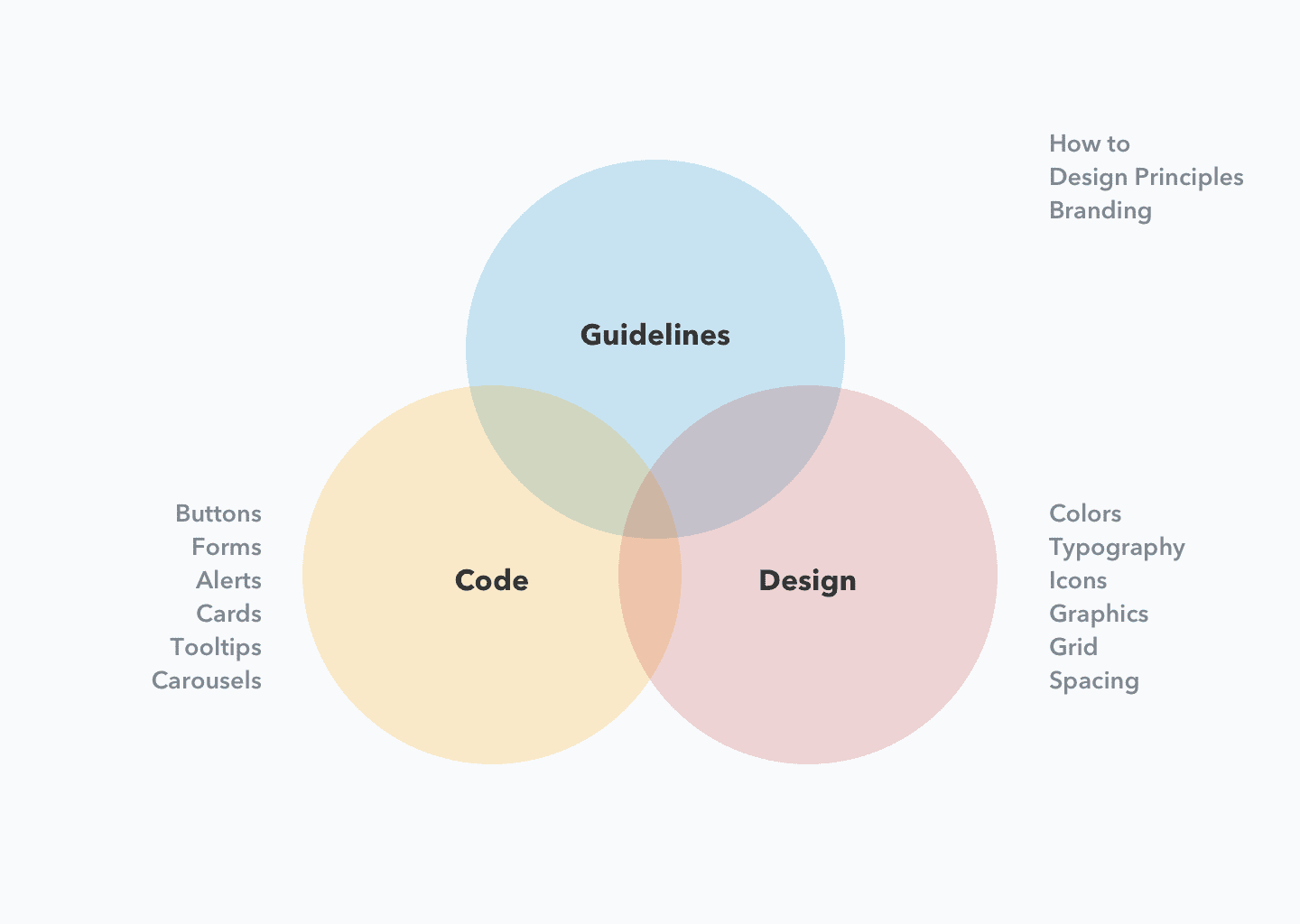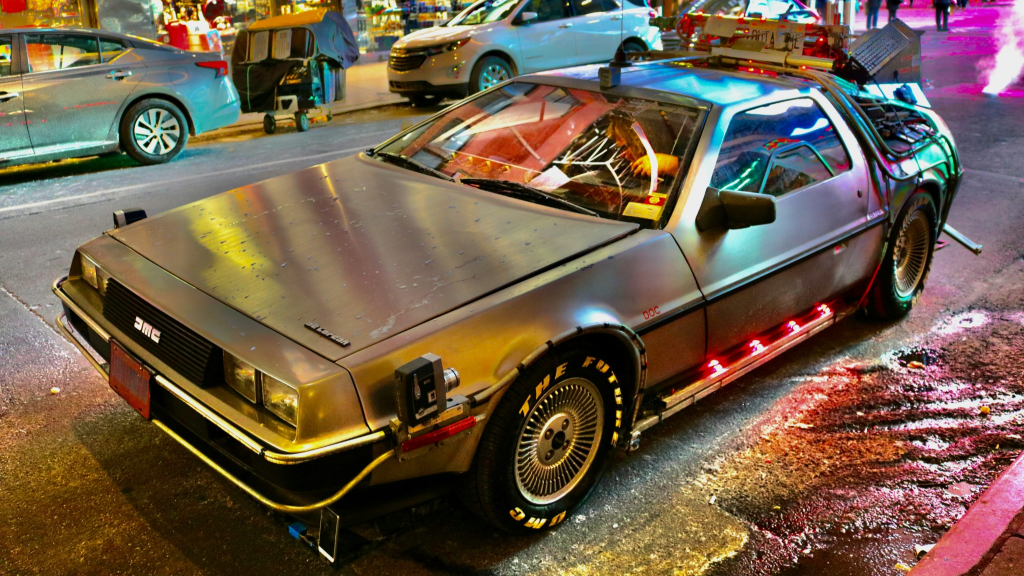What is a Design System?
UI Design | July 6th, 2017

A design system is a collection of design guidelines, components, and tools that helps teams create consistent and cohesive user experiences. It is a living framework that defines the visual and interactive elements of a product, including typography, color, iconography, buttons, forms, and more.
A design system serves as a shared understanding of how a product should look and feel, and helps teams work efficiently and effectively by providing a common language and a set of reusable components. By creating a design system, teams can ensure that products are consistent in both appearance and behavior, and can focus on creating new features and solving complex problems, instead of reinventing the wheel every time they create a new product or feature.
Design systems can be applied to a variety of products, including websites, mobile apps, software applications, and even physical products. They can be created and maintained by a dedicated design team or by a cross-functional team that includes designers, engineers, and product managers.
How Do You Create a Design System?
Creating a design system requires careful planning, collaboration, and iteration. Here are the steps you can follow to get started:
- Define your goals: Determine what you want to achieve with your design system, such as creating consistency across your product portfolio, improving the efficiency of your design and development teams, or providing a better user experience.
- Gather existing assets: Take inventory of existing design assets, such as style guides, design patterns, and components, and assess their effectiveness. Determine which assets should be included in your design system, and which need to be updated or redesigned.
- Define your design language: Develop a shared vocabulary and a set of principles that will guide your design decisions. This may include guidelines for color, typography, imagery, and other visual elements.
- Create and document components: Develop a library of reusable components, such as buttons, forms, icons, and navigation elements, and document their usage and interactions.
- Implement and test: Start using your design system in your design and development processes, and test it with users to get feedback and make improvements. Be prepared to iterate and evolve your design system over time as your needs change and your product portfolio grows.
- Train and communicate: Ensure that everyone who will be using your design system understands how it works and why it is important. Provide training and resources to help them work with it effectively.
Creating a design system is an ongoing process that requires collaboration, testing, and iteration. The goal is to create a flexible and adaptable framework that can evolve with your product and your users’ needs.
Design System Examples
There are many examples of design systems used by companies and organizations, some of the most well-known are:
- Material Design: A visual language developed by Google that provides guidelines for designing digital products.
- Apple’s Human Interface Guidelines (HIG): A set of design principles and guidelines for Apple products, including the iPhone, iPad, and Mac.
- Salesforce Lightning Design System: A design system used by Salesforce to create consistent and cohesive experiences across their products.
- IBM Design Language: A design system used by IBM to create digital products and services.
- Airbnb Design System: A design system used by Airbnb to create consistent and coherent experiences for their customers.
- Microsoft Fluent Design System: A design language developed by Microsoft to provide a consistent look and feel across all of their products and platforms.
These design systems help ensure that products are consistent in both appearance and behavior, and they make it easier for designers and developers to create new features and solve problems. They are also valuable assets that help companies build a recognizable brand and provide a better user experience.


